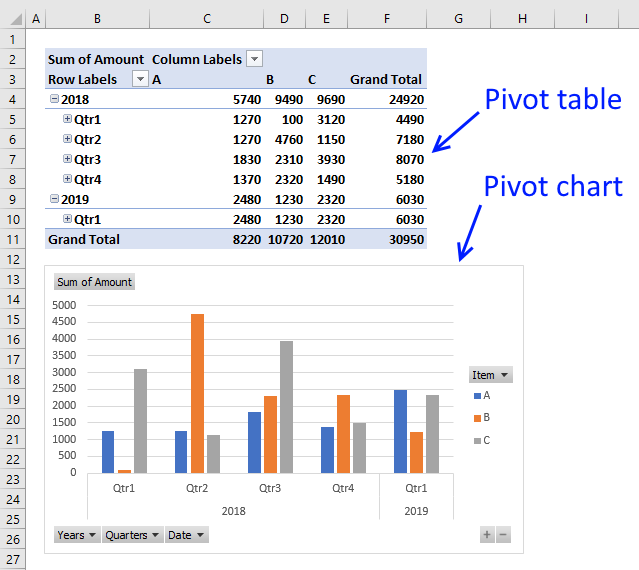'Pivot table' category
How to use Pivot Tables – Excel’s most powerful feature and also least known
A pivot table allows you to examine data more efficiently, it can summarize large amounts of data very quickly and is very easy to use.
A pivot table allows you to examine data more efficiently, it can summarize large amounts of data very quickly and is very easy to use.
